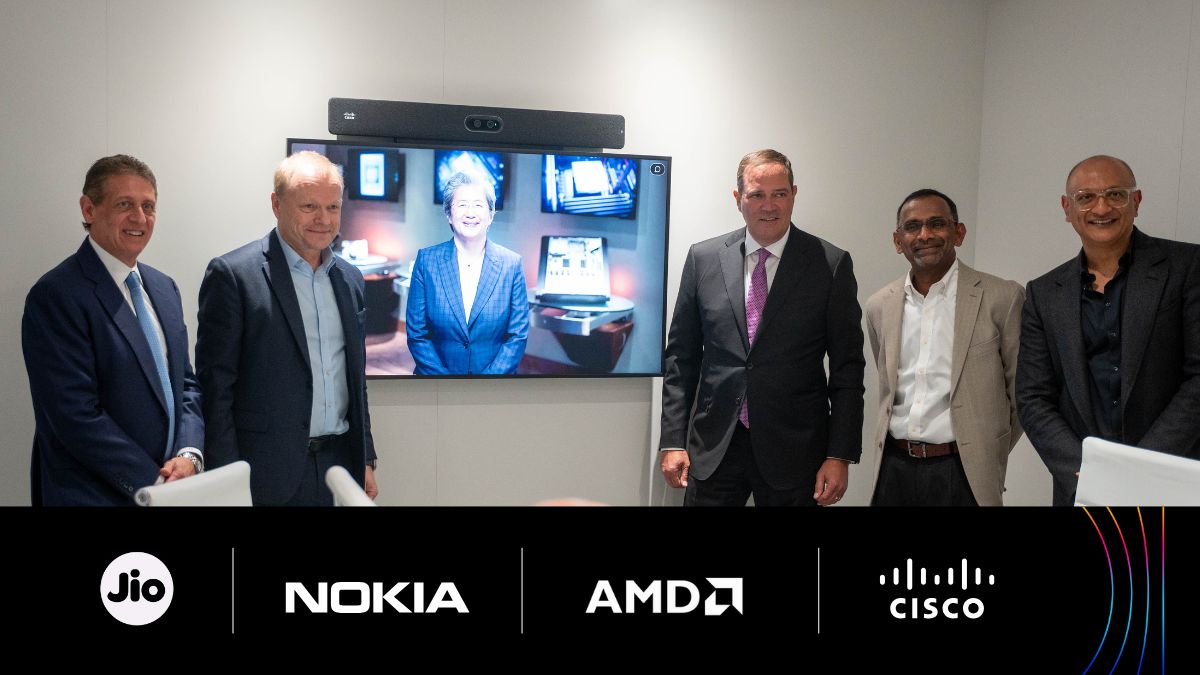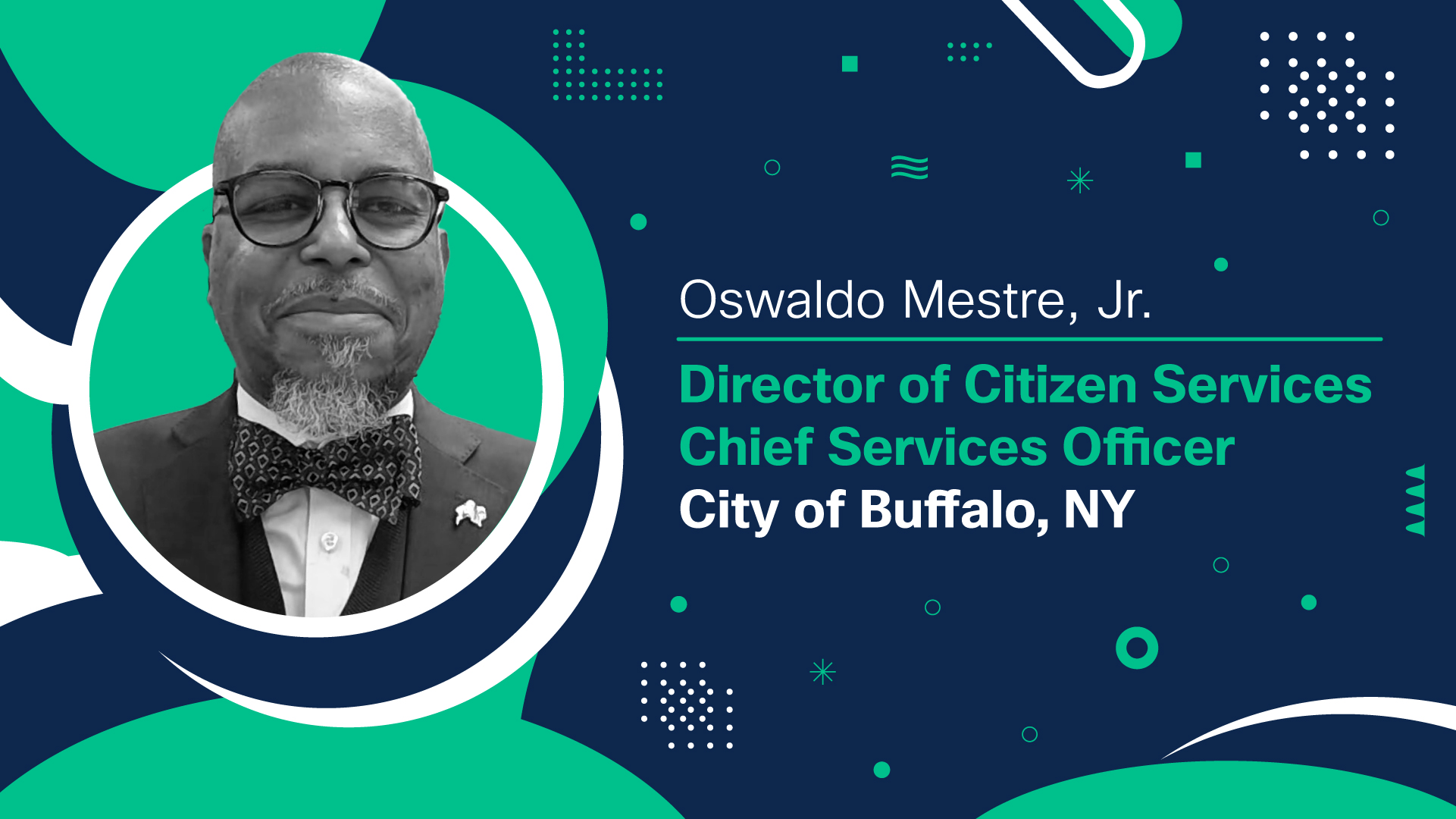San Jose, Calif., June 8, 2017—Over the next five years (2016 – 2021), global digital transformation will continue to have a significant impact on the demands and requirements of IP networks according to today’s release of the Cisco Visual Networking Index™ (VNI) Complete Forecast. Top-level indicators include the projected increase in Internet users—from 3.3 to 4.6 billion or 58 percent of the global population[1], greater adoption of personal devices and machine-to-machine (M2M) connections—from 17.1 billion to 27.1 billion from 2016- 2021, average broadband speed advances—from 27.5 Mbps to 53.0 Mbps, and more video viewing—from 73 percent to 82 percent of total IP traffic. Over the forecast period, global IP traffic is expected to increase three-fold reaching an annual run rate of 3.3 zettabytes by 2021, up from an annual run rate of 1.2 zettabytes in 2016.
For the first time in the 12 years of the forecast, M2M connections that support Internet of Things (IoT) applications are calculated to be more than half of the total 27.1 billion devices and connections and will account for five percent of global IP traffic by 2021. IoT innovations in connected home, connected healthcare, smart cars/transportation and a host of other next-generation M2M services are driving this incremental growth—a 2.4-fold increase from 5.8 billion in 2016 to 13.7 billion by 2021. With the rise of connected applications such as health monitors, medicine dispensers, and first-responder connectivity, the health vertical will be fastest-growing industry segment (30 percent CAGR). The connected car and connected cities applications will have the second-fastest growth (29 percent CAGRs respectively).
Video will continue to dominate IP traffic and overall Internet traffic growth—representing 80 percent of all Internet traffic by 2021, up from 67 percent in 2016. Globally, there will be nearly 1.9 billion Internet video users (excluding mobile-only) by 2021, up from 1.4 billion in 2016. The world will reach three trillion Internet video minutes per month by 2021, which is five million years of video per month, or about one million video minutes every second.
Emerging mediums such as live Internet video will increase 15-fold and reach 13 percent of Internet video traffic by 2021—meaning more streaming of TV apps and personal live streaming on social networks. While live streaming video is reshaping today’s online entertainment patterns, virtual reality (VR) and augmented reality (AR) are also gaining traction. By 2021, VR/AR traffic will increase 20-fold and represent one percent of global entertainment traffic.
“As global digital transformation continues to impact billions of consumers and businesses, the network and security will be essential to support the future of the Internet,” said Yvette Kanouff, SVP and GM of Service Provider Business, Cisco. “Driving network innovation with service providers will be key for Cisco to support the needs of their customers who want reliable, secure, and high quality connected experiences.”
2017 VNI Complete Forecast Key Predictions and Major Milestones
Global IP will grow three-fold from 2016 to 2021.
- Global IP traffic is expected to reach 278 exabytes per month by 2021, up from 96 exabytes per month in 2016. Global IP traffic is expected to reach an annual run rate of 3.3 zettabytes by 2021.
- Busy hour Internet traffic is increasing faster than average Internet traffic. Busy hour Internet traffic will grow 4.6-fold (35 percent CAGR) from 2016 to 2021, reaching 4.3 Pbps by 2021, compared to average Internet traffic that will grow 3.2-fold (26 percent CAGR) over the same period reaching 717 Tbps by 2021.
Wi-Fi and mobile-connected devices will generate 73 percent of Internet traffic by 2021
- 2021 Internet access percentages - Wi-Fi: 53 percent; cellular: 20 percent; fixed: 27 percent
- 2016 Internet access percentages - Wi-Fi = 52 percent; cellular: 10 percent; fixed: 38 percent
Globally, total public W-Fi hotspots (including homespots) will grow 6-fold from 2016 to 2021 from 94 million in 2016 to 541.6 million by 2021.
- Globally, total Wi-Fi homespots will grow from 85 million in 2016 to 526.2 million by 2021.
- Leading hotspot countries: China (170 million by 2021), US (86 million by 2021), Japan (33 million by 2021), and France (30 million by 2021).
By 2021, more than half (56 percent) of connected flat panel TV sets will be 4K up from 15 percent in 2016
- Installed/In-service 4K TV sets will increase from 85M in 2016 to 663M by 2021.
Cord-Cutting household traffic is 86 percent higher than average Internet households
- “Cord cutting” refers to the trend in which traditional and subscription television viewing is increasingly being supplanted by other means of video viewing, such as online and mobile video, which are available to viewers through fixed and mobile Internet connections.
- A global cord-cutting household generates 117 GB per month in 2017, compared to 63 GB per month for an average Internet household.
End-User Internet traffic is moving closer to the edge—over one-third of traffic will bypass core by 2021
- Globally, 35 percent of Internet traffic will be carried metro-to-metro by 2021, up from 22 percent in 2016.
- Globally, 23 percent of Internet traffic will be carried on regional backbones (without touching cross-country backbones) by 2021, compared to 20 percent in 2016.
- Globally, 41 percent of Internet traffic will traverse cross-country backbones by 2021, compared to 58 percent in 2016.
Global enterprise SD-WAN traffic
- SD-WAN traffic will grow at a CAGR of 44 percent compared to five percent for traditional WAN.
- SD-WAN will increase six-fold over the forecast period and represent 25 percent of WAN traffic by 2021.
Average DDoS (Distributed Denial of Service) attacks size increasing steadily and approaching 1.2 Gbps—enough to take most organizations completely offline
- DDoS incidents can paralyze networks by flooding servers and network devices with traffic from multiple IP sources.
- The peak attack size increased 60 percent year over year and represents up to 18 percent of a country’s total Internet traffic while they are occurring.
- Average DDoS attack size increased to 22 percent, which is relatively the same rate as Internet traffic at 29 percent year over year.
- The number of DDoS attacks grew 172 percent in 2016 and will increase 2.5-fold to 3.1 million by 2021 globally.
Regional IP Traffic Growth Details (2016 – 2021)
- APAC: 107.7 exabytes/month by 2021, 26 percent CAGR, 3.2-fold growth
- North America: 85 exabytes/month by 2021, 20 percent CAGR, 2.5-fold growth
- Western Europe: 37.4 exabytes/month 2021, 22 percent CAGR, 2.7-fold growth
- Central Europe: 17.1 exabytes/month by 2021, 22 percent CAGR, 2.75-fold growth
- Latin America: 12.9 exabytes/month by 2021, 21 percent CAGR, 2.6-fold growth
- Middle East and Africa: 15.5 exabytes/month by 2021, 42 percent CAGR, 5.8-fold growth
Cisco VNI Methodology
The Cisco VNI™ Complete Forecast for 2016 to 2021 relies upon independent analyst forecasts and real-world network usage data. Upon this foundation are layered Cisco's own estimates for global IP traffic and service adoption. A detailed methodology description is included in the complete report. Over its 12-year history, Cisco® VNI research has become a highly regarded measure of the Internet's growth. National governments, network regulators, academic researchers, telecommunications companies, technology experts and industry/business press and analysts rely on the annual study to help plan for the digital future.
Supporting Images
- Infographic: “VNI Complete Forecast Update, 2016-2021”
Additional Supporting Resources
- Cisco VNI Traffic Forecast homepage
- Register to the webcast: Americas/EMEAR or Asia Pacific (time zones)
- Cisco VNI blog post: “Analyze, Strategize, Digitize
Three Internet Trends that Warrant Global Service Provider Attention (and Action)” - Read the complete Cisco VNI Complete IP Traffic Forecast Update, 2016–2021 white paper
- Read the Zettabyte Era Trends and Analysis white paper
- Read the Cisco VNI Frequently Asked Questions document
- Launch the Cisco VNI Complete Forecast Highlights Tool
- Follow Cisco’s VNI news and activities on Twitter: #VNI and @CiscoVNI
- For more information about Cisco’s service provider news and activities, visit the SP360 Blog
Cisco (NASDAQ: CSCO) is the worldwide technology leader that has been making the Internet work since 1984. Our people, products, and partners help society securely connect and seize tomorrow's digital opportunity today. Discover more at newsroom.cisco.com and follow us on Twitter at @Cisco.
Cisco and the Cisco logo are trademarks or registered trademarks of Cisco and/or its affiliates in the U.S. and other countries. A listing of Cisco's trademarks can be found at www.cisco.com/go/trademarks. Third-party trademarks mentioned are the property of their respective owners. The use of the word partner does not imply a partnership relationship between Cisco and any other company.
###
[1] 7.8 billion people by 2021, source: Population Division of the Dept. of Economic & Social Affairs of the United Nations





